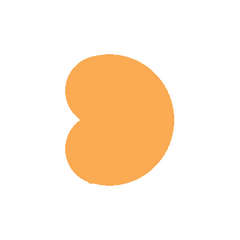The paradox of choice in media planning
 Media planners have a difficult job, the number of options to "touch" consumers explode. Consumers are confronted with advertising all day long, and creativity is put to the extreme to reach and start a dialogue with them. A campaign in Manhattan for example used HDTVs and Bluethooth technology integrated in busshelter walls to promote Discovery Channel.
Media planners have a difficult job, the number of options to "touch" consumers explode. Consumers are confronted with advertising all day long, and creativity is put to the extreme to reach and start a dialogue with them. A campaign in Manhattan for example used HDTVs and Bluethooth technology integrated in busshelter walls to promote Discovery Channel.
Google, Yahoo, MSN and AOL dominate online ad spend in the USA -they have 92% of all spend, traditional media brands go online and online media brands start off-line, the number of television channels and pay per view options increase rapidly, television, video, music and games can be viewed and listened to via different platforms. The choice is inflating.
And the planner has not (yet) the tools to measure all of these new media the way he can with traditional media.
Touching consumers is getting more complicated, less reliable, less effective, more trial-based and above all more expensive. That might explain why certain advertisers decide to stick to the tried and trusted media. Unilever and Heineken announced some time ago that they would do so and recently Gini - a drinks brand from the Orangini Group - also announced that it would shift its media budgets away from television. Television simply requires too much budget to be effectively seen by consumers.
Question is whether the online advertising opportunities will not be doomed to the same scenario. The enormous amount of digital data as estimated by the IDC/EMC research this week illustrates the difficult task of the planner. How can he select the most cost efficient places to promote his clients brands? Today he does so by not choosing - he stays with Google, Yahoo, MSN or AOL.



No comments:
Post a Comment